No lack of front-page news to make investors nervous and red meat for the media.
- Conflict in Israel
- House Speaker Gridlock
- Looming Government Shutdown November
- Inflation
- FED Rate Increases
- Recession
- Conflict in Ukraine
The above list is in an order in terms of what is presently impacting markets most to least.
- At the start of the Ukraine invasion, it created a significant market impact. A land grab, tragic loss of life, wheat supply chain broken, energy markets in turmoil, a continent depending on Russian oil that wondered if they would be able to turn on the lights (Europe). As time passed each concern became less and less impactful on markets. The markets stabilized and the initial shock and escalation of the conflict morphed into “containment” and US equity markets have gone up. Presently we are witnessing the “escalation” phase of the conflict in Israel. When does “containment” happen? It’s not a line in the sand but there are queues that include (in no particular order) a) humanitarian aid that is stacked up starts getting to the people who need it b) weapons that have been promised to allied forces are produced…shipped…delivered c) war college experts and armchair generals begin explaining how the conflict is quantifiable. In both Ukraine & Israel, notice that neither conflict has an end in sight; but the market moves on before the conflict is over and (while tragic) then advances. Israel is the conflict of the day driving market skittishness; but this too shall be absorbed by the markets and they will advance.
- House Speaker Gridlock or the episode I’m calling “The Clown Car Without a Driver.” From a market perspective, Wall Street likes gridlock in Washington. A lack of the ability for Congress to pass legislation or regulations creates a clear landscape for businesses to continue with “business as usual.” However, when Congress legislates industries or businesses it typically ends up restricting a business’ ability to operate as they once did and the cost to comply or the creation of a reduction in efficiency ensues and profits can be negatively impacted. Then today we have the absolute best version of Gridlock, don’t we? I wish I could agree but please refresh how I refer to Congress, “The clown car without a driver.” You see, Wall Street knows Congress is a clown car. But it’s our clown car. Our clown car is in a ditch now and the clowns are running around at 2am in a wet muddy corn field with sleet falling, missing size 23 shoes, broken umbrellas, and hair like sandy sopping wet beach towels. Getting our disheveled clowns to agree on how to get the car out of the ditch and pick any new clown to drive…well turn on the TV….this is what it looks like. The market simply wants a new clown to drive the car and then markets will advance, and the clowns will do what they do best. You fill in what they do….because I don’t know (sort of).
- Footnote to Congress topic: Looming Government Shutdown? Of course, it’s looming, it’s always looming. Another continuing resolution? An actual shutdown? A countdown clock to all that is “looming.” A top hat and a rabbit that is pulled out with seconds on the clock. On any other day in Cirque du DC this is a yawn for the markets. But our clown car has no driver. Thus…this circus could have a twist, and this will impact the markets negatively if a clown car driver is not elected. A tried-and-true solution for kids on playgrounds for the past 100 years? …. rock, paper, scissors.
- Last points bundled: Inflation, Recession, FED Rate Increases. Inflation is falling and has been falling and markets likes this. Recession: sure, it could happen, but all indications are that it will be very shallow if it happens thus markets likes this. FED Rate Increases? We are NOT listening to the FED saying 75 basis point hikes over and over any longer. Now we are hearing 21 speeches from FED authorities last week all sound like parents on a cross country road trip who have exhausted all their yelling at their kids because, “guess what kids…we are almost there,” and the kids in the back seat (the market) and care more about what’s happening in the earlier bullet points. These factors are not driving investor sentiment now and will be less impactful (if at all) when the earlier bullet points are absorbed by market participants. The macro economy is quite strong, and conditions are far more normal than they were at this time last year. The markets will respond favorably as the earlier points are absorbed and/or resolved.
Past performance is not indicative of future results. Indices mentioned are unmanaged and cannot be invested into directly. The S&P 500 Index, or Standard & Poor’s 500 Index, is a market-capitalization-weighted index of 500 leading publicly traded companies in the U.S. The Nasdaq 100 Index is a basket of the 100 largest, most actively traded U.S. companies listed on the Nasdaq stock exchange. The index includes companies from various industries except for the financial industry, like commercial and investment banks. The Dow Jones Industrial Average is a price-weighted average of 30 blue-chip stocks that are generally the leaders in their industry. The Bloomberg U.S. Aggregate Bond Index is an unmanaged index comprised of U.S. Investment grade, fixed rate bond market securities, including government agency, corporate and mortgage-backed securities.

